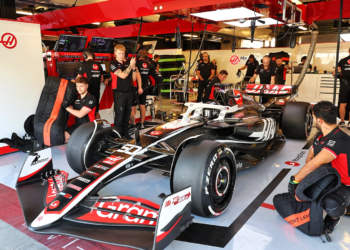The FIA has told Formula 1’s three engine manufacturers that they can introduce upgrades throughout the 2015 season after admitting a loophole in the regulations does exist.
Ferrari pointed out during a working group meeting in November that the regulations surrounding the engine development freeze didn’t specify when the 2015 engine needed to be homologated.
Therefore they argued that the development tokens, of which they have 32 to use during the winter period, could be used throughout the season, allowing them to introduce gradual upgrades before homologating their engine at the end of the year.
During talks before Christmas, the FIA agreed that the rules were badly worded and that the loophole existed and could be exploited. The FIA’s Charlie Whiting later confirmed this in a letter sent to the manufacturers.
“As it is not specifically stated when a power unit may be modified in accordance with appendix 4 [of the technical regulations], we feel that the weighted items (32 in this case) may be introduced at any time during the 2015 season.
“The basic homologated power unit will remain that which was homologated for the 2014 season, including any changes made in accordance with paragraph 1 (c) of appendix 4 [of the sporting regulations],” read the note.
However, McLaren’s new power unit supplier, Honda, remains bound by the original rules and is therefore banned from introducing further upgrades until after the 2015 season.
“As the existing manufacturers were obliged to homologate their power units by 28 February 2014 it would seem fair and equitable to ask a new manufacturer to homologate their power unit before February 28, 2015,” added Whiting.
“We therefore consider this to be a requirement for a new power unit manufacturer.”
The clarification is a huge win for Ferrari and Renault which were lobbying the FIA to green light in-season developments on the power unit, whilst Mercedes had blocked the move a number of times.
The teams are still limited to four engines per car, per season. Therefore any developments are likely to be introduced at the end of each engine cycle.






